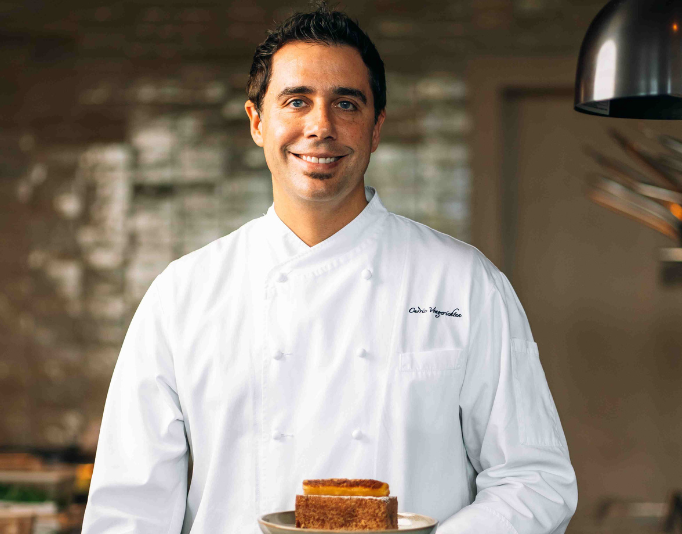Ramadan is known to be the sacred month of fasting, prayer, reflection, and community for Muslims worldwide. It’s also a time when individuals focus on spiritual renewal, physical well-being and healthy eating, and many Muslims around the world struggle to find the ideal meal and fitness plan for their physical wellbeing during month.
We had the chance to speak to Amal Altoaimi, a certified wellness coach, and accredited by IAP and NASM as a nutrition coach, who advocates for sustainable healthy living during Ramadan, and asked for her expert advice on how to maintain a balanced diet and fitness routine during this auspicious time.
When it comes to your body:
Ramadan is more than just abstaining from food and drink; it’s about nourishing the body and soul. Amal Altoaimi emphasizes the importance of following a structured routine to optimize the benefits of fasting. Here’s a sample daily routine she recommends:
1. Break-fast:
Start with a refreshing cup of low-fat laban (buttermilk) and three dates. This combination replenishes electrolytes lost during fasting and stabilizes blood sugar levels. Get up for prayer, to give your stomach some time to digest.
2. Meal 1 – Iftar:
Break your fast with a balanced meal comprising protein, carbohydrates, and healthy fats. An ideal option is grilled chicken breast with potatoes and salad, providing essential nutrients for energy replenishment.
3. Break from Food:
Stay hydrated post-iftar with plenty of water. Give your body a rest from food intake until after Taraweeh prayer, typically a 2-3 hour period. This break helps in the digestion process and promotes overall well-being.
4. Meal 2 – Suhoor:
Suhoor, the pre-dawn meal, should include complex carbohydrates and protein for sustained energy throughout the day. Consider scrambled eggs with a side salad, accompanied by whole-grain bread or oats.
5. Snack:
Indulge in moderation with a small dessert two hours after your first meal. Balance is key to enjoying traditional Ramadan treats while maintaining a healthy diet.
6. Pre-Fajr Snack:
Prior to the Fajr prayer, have a cup of low-fat laban and a potassium-rich food like a banana. This pre-dawn snack helps prevent thirst during fasting hours.
Fitness Integration:
For those looking to incorporate fitness into their Ramadan routine, Amal recommends:
– A 30-60 minute walk before breakfast to kickstart your day.
– Gym sessions after Meal 1 and Taraweeh prayers for effective workouts.
– Post-workout, replenish with a protein shake to support muscle recovery.
Hydration Strategy:
Water intake is crucial during Ramadan, regardless of activity levels. With a strong emphasis on hydration, Amal suggests a structured hydration plan that includes:
– Consume 500ml of water at iftar.
– Drink 250ml after Maghrib Prayer.
– Have another 250ml after Meal 1.
– Drink 500ml of water after Taraweeh prayer.
– Finish with 500ml after Suhoor to maintain optimal hydration levels.
Amal Altoaimi’s insights provide a practical approach to balancing nutrition, fitness, and hydration during the month of Ramadan. By following a structured routine and incorporating healthy choices, individuals can maximize the benefits of fasting while nurturing their overall well-being.










